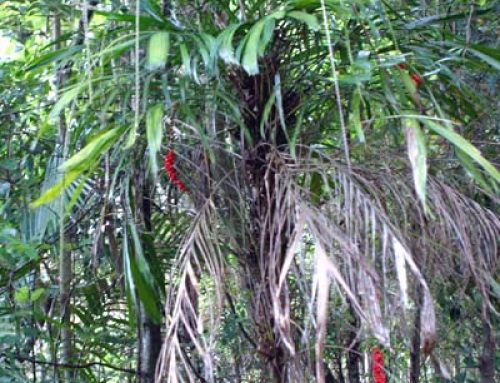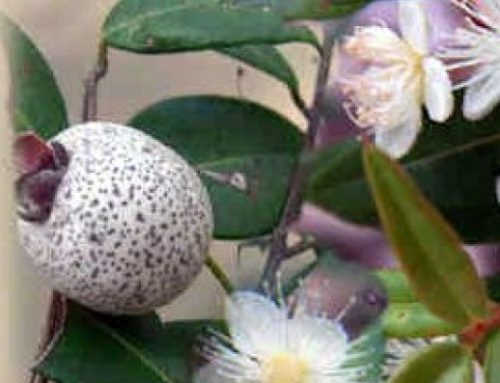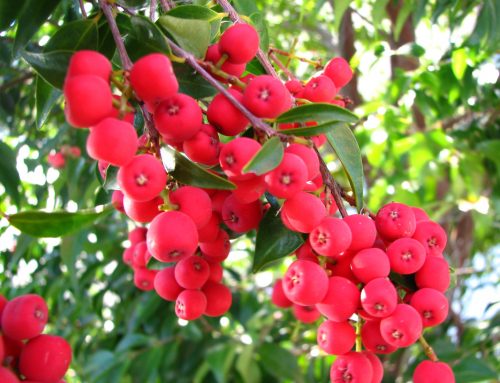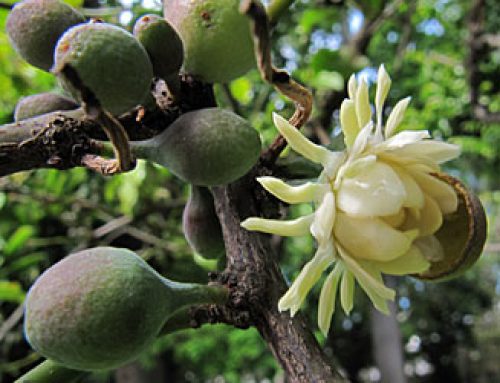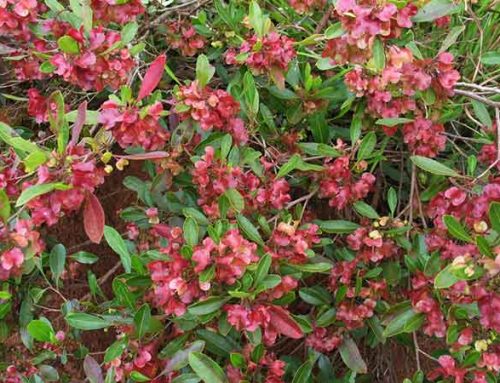Botanical Name: Callistemon spp
Description
Bottlebrushes are members of the genus Callistemon and belong to the family Myrtaceae.
They are closely related to paperbark melaleucas, which also have ‘bottlebrush’ shaped flower spikes. It is difficult to tell to which genus some species belong. Botanists are currently closely studying these plants to determine how they are best classified. There are 40 species currently called Callistemon.
Most Bottlebrushes occur in the east and south-east of Australia. Two species occur in the south-west of Western Australia and four species in New Caledonia. Bottlebrushes can be found growing from Australia’s tropical north to the temperate south. They often
grow in damp or wet conditions such as along creek beds or in areas which are prone to floods.
The flower spikes of bottlebrushes form in spring and summer and are made up of a number of individual flowers. The pollen of the flower forms on the tip of a long coloured stalk called a filament. It is these filaments which give the flower spike its colour and distinctive ‘bottlebrush’ shape. The filaments are usually yellow or red, sometimes the pollen also adds a bright yellow flush to the flower spikes.
Each flower produces a small woody fruit containing hundreds of tiny seeds. These fruits form in clusters along the stem, and are usually held on the plant for many years. The seeds are usually not released from the fruits for several years, but in some species the fruits open after about a year. Fire also stimulates the opening of the fruits in some bottlebrushes.
The new leaves of many bottlebrushes are very ornamental. The leaves are often coloured and, in some species, they are covered with fine, soft hairs.
Harvesting the sweet nectar from callistemon flowers. All of the “bottle brush” style flowers can have nectar. The new growth can be dried and used as a non caffeine tea.

